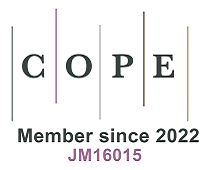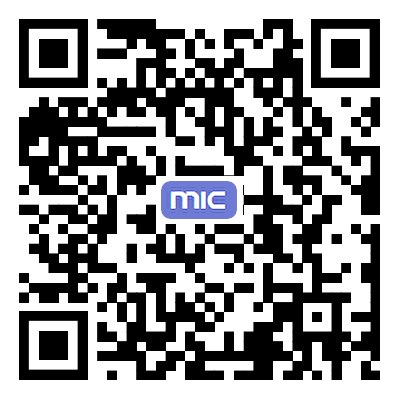fig6

Figure 6. Mechanisms of responsive variation in controlled release, degradation and cell adhesion of the films. (A) Controlled protein release from PEDOT-based composite film under electrical stimulation. Copyright 2023, Elsevier[128]; (B) Responsive drug-release systems through ultrasound-induced cleavage of covalent and non-covalent bonds. Copyright 2021, Springer Nature[132]; (C) Ultrasound-responsive biodegradation and drug release due to the deconstruction of the Poly(lactic-co-glycolic acid) (PLGA) layer. Copyright 2024, Elsevier[104]; (D) Force-stimulated microstructure growth on the surface of a double-network hydrogel film for directional cell growth on demand. Copyright 2022, Springer Nature[133]; (E) NIR-triggered polymeric films modulate cell behaviors through transformable topographies. Copyright 2020, Oxford University Press[134]. PEDOT: poly(3,4-ethylenedioxythiophene); NIR: near-infrared.









